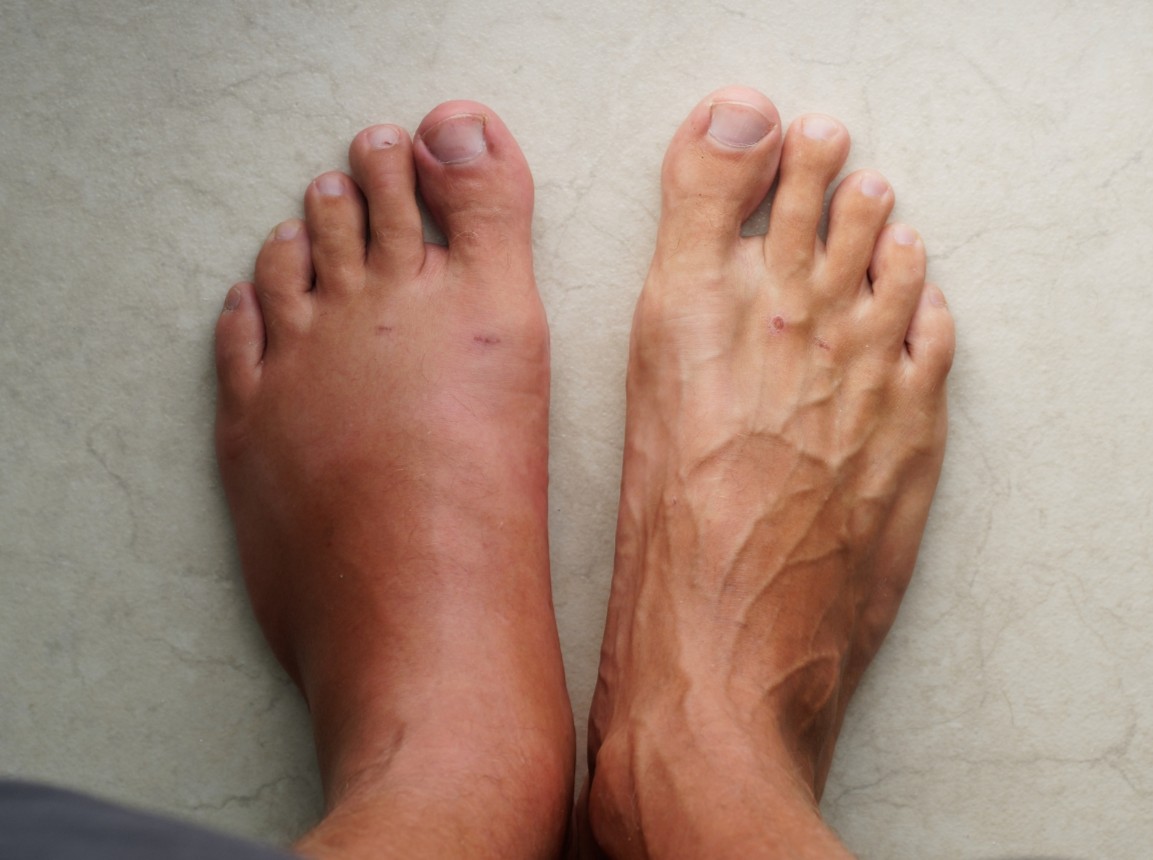

Hip dysplasia in babies can be a concerning condition for parents. Hip dysplasia occurs when the hip joint doesn’t develop correctly, leading to hip instability and potential dislocation. In infants, this condition can either be present at birth or develop during the first few months of life. Signs of hip dysplasia may include clicking or popping sounds in the hip joint, limited range of motion in the legs, and asymmetrical thigh folds. In many cases, it’s not the parent that first notices anything unusual related to the hips, but a health provider (like a doctor or midwife) that points out the need for further investigation in the form of an x-ray.
While the exact cause of hip dysplasia is not always clear, certain factors can increase the risk. These include breech positioning in the womb, a family history of hip dysplasia, and being a firstborn child. Additionally, tight swaddling or prolonged positioning of the legs in a straight position can contribute to hip dysplasia.
To prevent exacerbating hip dysplasia in your baby, it’s crucial to avoid certain practices. Firstly, refrain from swaddling your baby tightly with the legs straight. Instead, opt for swaddling techniques that allow for natural hip movement. Avoid using baby carriers or devices that force the legs into a straight position for extended periods. Ensure that your baby spends ample time in positions that promote healthy hip development, such as lying on their back with their knees bent and hips spread apart.
If your baby has been diagnosed with hip dysplasia, there are steps you can take to help improve the condition. Your doctor may recommend using a special harness or brace to keep the hips in the correct position. These devices help to gently guide the hip joint into place as your baby grows. Additionally, engaging in activities that promote hip flexibility and strength, such as supervised tummy time and gentle stretching exercises, can aid in improving hip dysplasia.
Early detection and intervention are critical for effectively managing hip dysplasia in babies. In most cases, treatment initiated during infancy can lead to successful outcomes. However, the window for non-surgical interventions narrows as a child grows older. Generally, if hip dysplasia is not addressed promptly during infancy, it can lead to long-term complications and may require more invasive treatment options later in life.
During infancy, the hip joint is still developing and can be more easily guided into the correct position with non-invasive methods such as harnesses or braces. These interventions work by gently coaxing the hip joint into place as the baby grows, taking advantage of the body’s natural growth and development processes.
As a child gets older, the hip joint becomes more established, and the bones start to harden. This makes it increasingly challenging to correct hip dysplasia without surgical intervention. While surgery may still be an option for older children and adolescents with hip dysplasia, it often involves more complex procedures and longer recovery times.
While early detection and treatment of hip dysplasia in infants can often lead to a full recovery, untreated hip dysplasia can result in significant problems later in life. Adults who had untreated hip dysplasia as infants may experience chronic hip pain, arthritis, and mobility issues. Therefore, it’s essential to address hip dysplasia early to prevent long-term complications, maximise the chances of a successful outcome and minimise the need for surgical intervention in the future.
Having a baby in a hip harness or brace can be initially overwhelming for parents, but remember that these devices are designed to promote healthy hip development and prevent complications associated with hip dysplasia. The harness or brace may feel restrictive at first, and your baby may need some time to adjust to wearing it. However, most babies adapt quickly and continue with their daily activities without much difficulty. Parents may need to make some adjustments to clothing and diapering to accommodate the harness or brace, but with time, it becomes a routine part of caring for their baby. While it may be challenging emotionally to see your baby in a harness or brace, knowing that it’s helping to correct a potentially serious medical condition can provide reassurance and peace of mind.
While hip dysplasia cannot always be prevented, certain measures such as avoiding tight swaddling and ensuring proper positioning during infancy can help reduce the risk.
In most cases, hip dysplasia does not cause pain in infants. However, as the condition progresses, it can lead to discomfort and difficulty with mobility.
Surgery is not always necessary for treating hip dysplasia in infants. Many cases can be managed with non-surgical interventions such as bracing or harnessing.
Screening for hip dysplasia is typically performed during routine well-baby exams. Your paediatrician, midwife or doctor will assess your baby’s hip development and may recommend further evaluation if any concerns arise.
In severe cases of hip dysplasia, mobility may be affected. However, with early detection and appropriate treatment, most babies can achieve normal walking milestones.

We’ve all had those days — you come home after hours on your feet, kick off your shoes, and notice your ankles look puffier than usual.
Swelling in the feet, ankles, or legs (known medically as edema) isn’t always a reason to panic. It can be as simple as a
salty lunch or a long flight.
But what if it’s happening more often — or seems to be getting worse? Swelling can sometimes be a sign of something more serious. Here’s
what could be going on and when to check in with your doctor.
.jpg)
Every year on October 8th, the world celebrates International Podiatry Day - a day dedicated to
raising awareness about foot health and the vital role that podiatrists play in our overall well-being.
Keeping your family on their feet and helping them to walk, run, play and exceed their goals is why we love getting up in the morning.
Ground Floor, One Health Building
122 Remuera Rd, Remuera
Auckland 1050, New Zealand
| MON - FRI | 7:30am – 6:30pm |
| SAT | 8:30am – 4:30pm |
| SUN | Some availability |
Make an Appointment
Online Schedule
Our virtual receptionist is available 24/7 to help with general questions, booking requests, and clinic information, even when our team is busy, or it's after hours.
Whether you're calling us or using our website, you'll get fast assistance any time of day. And if your query needs a personal touch, a member of our team will follow up as soon as possible.
If you’d like to see a podiatrist who speaks your preferred language, just give us a call and we’ll help you book.